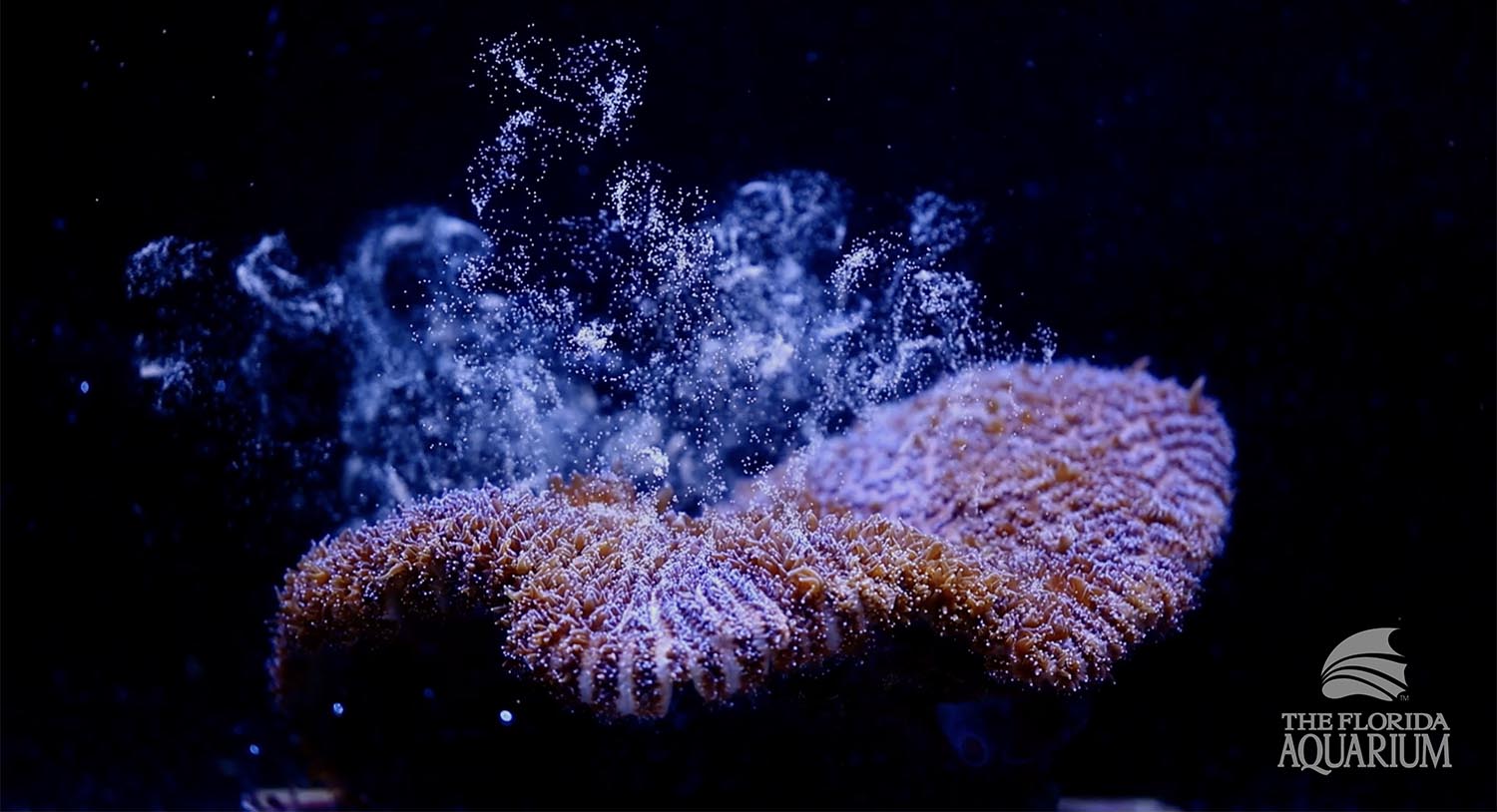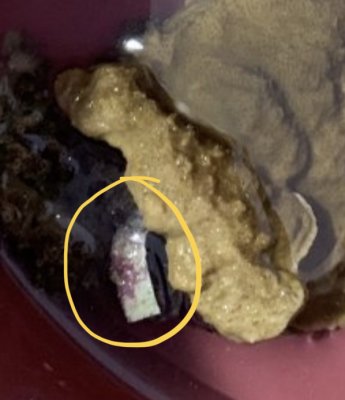- Joined
- Jul 3, 2019
- Messages
- 67
- Reaction score
- 52
AFIK its only been a controlled spawn in labs and then more just coincidentally in the occasional hobbyist's aquarium.Commercial or research? Care to provide links?
Here are three examples that i am aware of. There are others.
]

Florida Aquarium Successfully Spawns Pillar Coral
Utilizing greenhouses, LED lighting, and advanced computer control systems, The Florida Aquarium has induced the first captive spawning of Florida
Last edited:


















